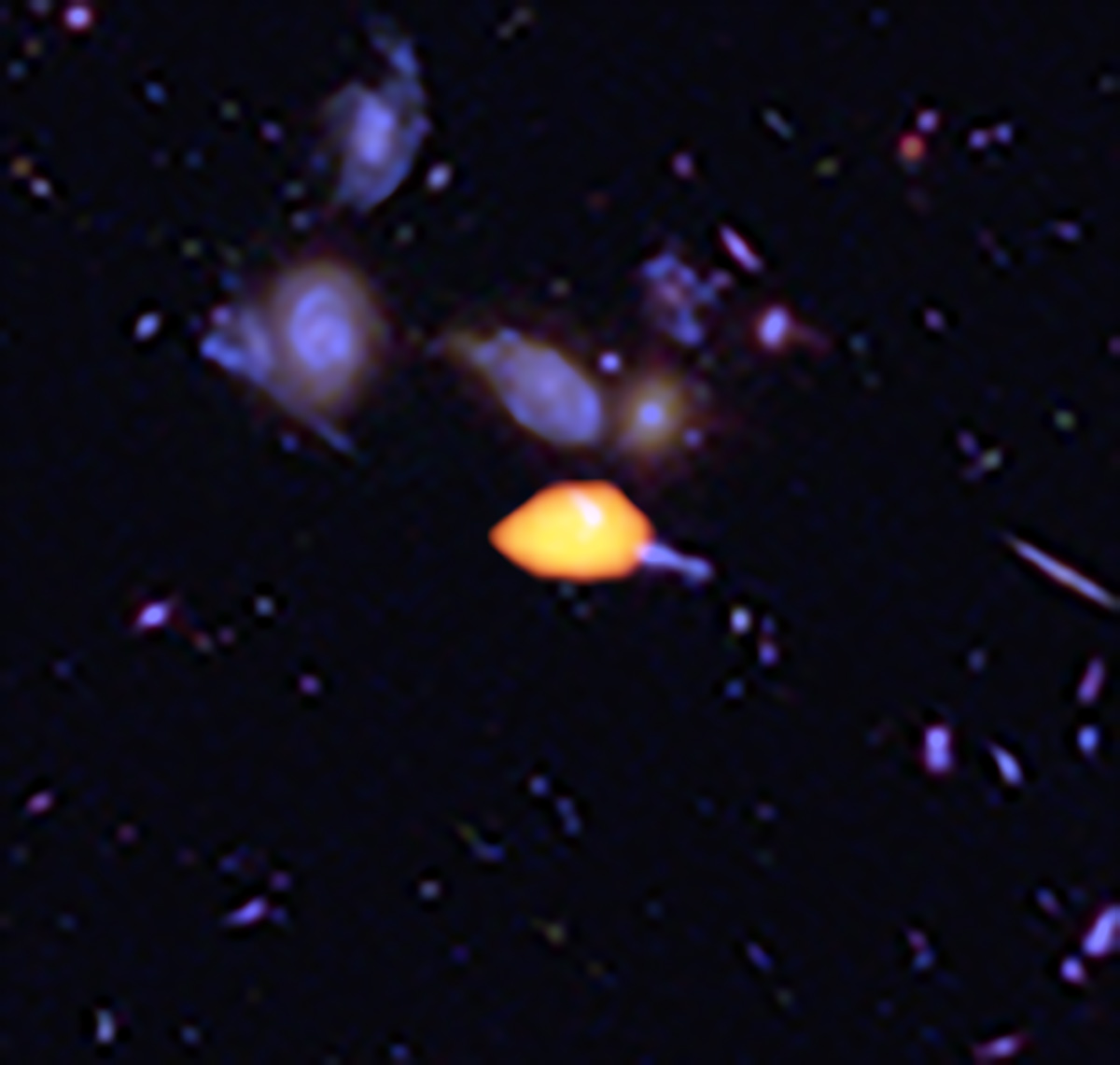
Order and structure were just beginning to emerge.

These oddball galaxies chronicle a period when the Universe was more chaotic. Their strange shapes are a far cry from the majestic spiral and elliptical galaxies we see today. Some look like toothpicks others like links on a bracelet. In vibrant contrast to the image's rich harvest of classic spiral and elliptical galaxies, there is a zoo of oddball galaxies littering the field. The final ACS image, assembled by Anton Koekemoer of the Space Telescope Science Institute, is studded with a wide range of galaxies of various sizes, shapes, and colours. Located in the constellation Fornax, the region is below the constellation Orion.
Ultra deep field image Patch#
In ground-based images, the patch of sky in which the galaxies reside (just one-tenth the diameter of the full Moon) is largely empty. The HUDF field contains an estimated 10,000 galaxies. A key question for HUDF astronomers is whether the Universe appears to be the same at this very early time as it did when the cosmos was between 1 and 2 billion years old. The combination of ACS and NICMOS images will be used to search for galaxies that existed between 400 and 800 million years (corresponding to a redshift range of 7 to 12) after the big bang. "Hubble takes us to within a stone's throw of the big bang itself," says Massimo Stiavelli of the Space Telescope Science Institute in Baltimore, USA, and the HUDF project lead. Both images reveal some galaxies that are too faint to be seen by ground-based telescopes, or even in Hubble's previous faraway looks, called the Hubble Deep Fields (HDFs), taken in 19.

This historic new view is actually two separate images taken by Hubble's Advanced Camera for Surveys (ACS) and the Near Infrared Camera and Multi-object Spectrometer (NICMOS). The new image should offer new insights into what types of objects reheated the Universe long ago. Called the Hubble Ultra Deep Field (HUDF), the million-second-long exposure reveals the first galaxies to emerge from the so-called "dark ages", the time shortly after the big bang when the first stars reheated the cold, dark Universe. Astronomers today unveiled the deepest portrait of the visible Universe ever achieved by humankind.


 0 kommentar(er)
0 kommentar(er)
